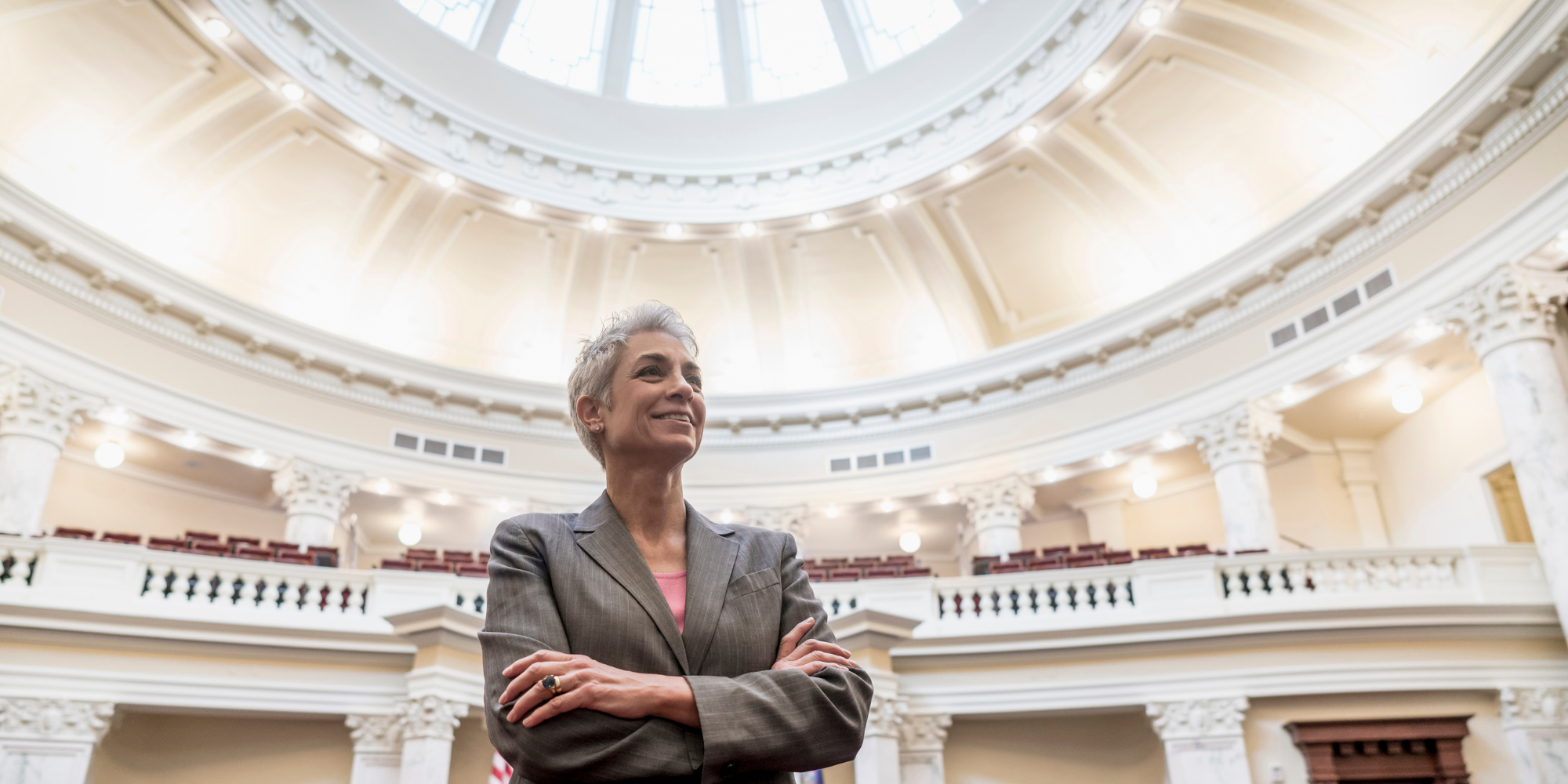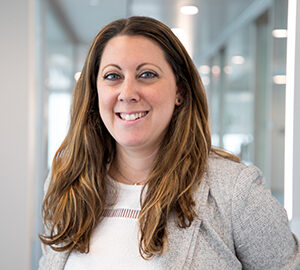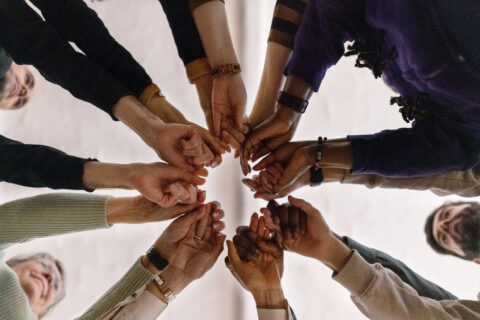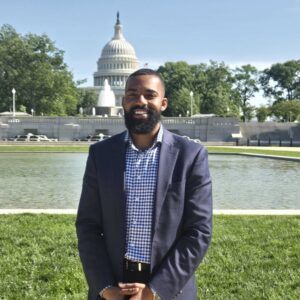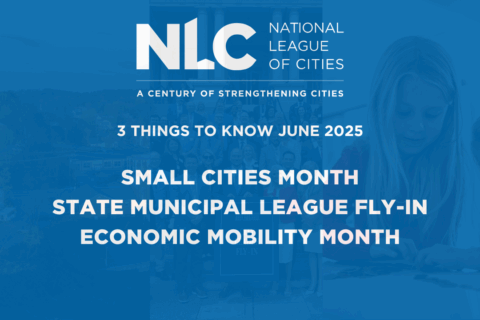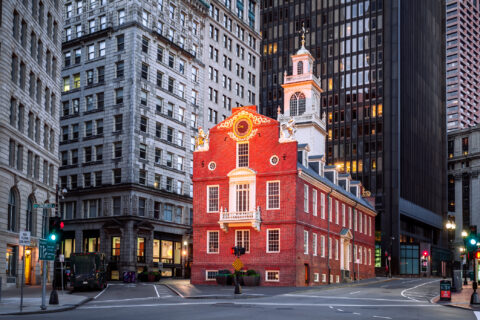Mindfulness in the U.S.: How It Arrived, Who’s Practicing & What’s Next for Cities
This vlog is part of NLC’s “Leading in the Moment” series, which focuses on the impact that mindfulness can have on leaders in local government and beyond. In this installment, NLC University’s Dana D’Orazio sat down with Jim Gimian, Executive Director of the Institute for a Mindful Society and founding publisher of Mindful Magazine and Mindful.org.
I had the honor of sitting down with James (Jim) Gimian, Executive Director of the Institute for a Mindful Society, an independent nonprofit with the mission to foster the practice of mindfulness in communities through education, special projects and social innovation collaborations. He also is the founding publisher of Mindful Magazine and Mindful.org, as well as a publisher, author and teacher.
Our discussion focuses on normalizing mindfulness and why it’s needed now more than ever. By the end of this episode, I hope that mindfulness is a bit more demystified as a practice and becomes more familiar as a tool for every individual to thrive in all aspects of life and leadership.
What’s most striking about the narrative Gimian shared is the way mindfulness has popped up all over the United States and, more interestingly, not just in the health and wellness spaces you might expect, but in cities and city halls. Going from an unfamiliar practice to a critical tool for living and leading in life today, mindfulness is taking center stage as a practice that is needed, not just “nice to have.”
Want More?
Watch Episode 1: Leading from a Place of Balance: How Mindfulness Became a Norm in the UK Parliament
Let’s start with what mindfulness is from Jim’s perspective. Mindfulness is an innate ability to pay attention and be in the present. It’s a tool that allows us to understand and know ourselves as well as be in company and collaboration with others. It’s a practice to support us in being responsive versus reactive and better aware of our biases. There are a lot of things out there that call themselves mindfulness, but the root of the practice stems back to our own ability to notice, be present and experience the moments we are in. As the impacts of the practice of mindfulness started being published and more widely recognized it showed up (and not by accident) in the supermarket checkout aisle as Mindful magazine.
Jim and the Foundation for a Mindful Society played a significant role in this transition. He shares that mindfulness was still a “weird” concept to many, and for it to feel safe enough to explore, it needed to be more “normal.” What’s more normal than a print magazine in the checkout next to all of the other titles? So Mindful Magazine came to life and joined supermarket checkout lines across the nation.
Popular interest in mindfulness grew — and the Foundation continued to take note and authentically support the work; in 2016, things developed further. Two leaders — a mayor, and a community foundation leader — were all on a similar path to exploring how to bring mindfulness to their work and their community. This conversation included former Mayor Sarah Flitner of Jackson, WY and Crimm Foundation Director Sarah Sullivan. The need and demand for mindfulness were clear and the Foundation honoring this need launched the Mindful Cities initiative: a pilot project to begin to understand how mindfulness could be a tool offered to local communities to support residents in their work and life. In the initial pilot stage that began in 2016, three communities were named the first Mindful Cities – Flint, MI; Jackson, WY; and Boston, MA. Each city took its own approach to training, sharing and documenting their efforts. In each pilot, the foundation advised and supported the individual community inspired work to honor the individual needs of each unique group. Now more communities are seeking to bring mindfulness to their cities, towns and villages and the goal is to continue to authentically scale and meet the need.
NLC University supports efforts to capture local data on interest in and community needs related to mindfulness. (If you joined us at NLC University’s day-long event on November 15, please be sure you fill out your survey in support of this work. If you want to share your thoughts as a local leader, you can share them here). Interest in mindfulness continues to grow among city leaders, first responders, police, healthcare workers and business and education leaders. Mindfulness is a tool that we aim to make accessible to all communities to not just lead in the moment but to thrive individually and as a community.
Curious about Mindfulness in Local Government?
Learn more about NLC University.
